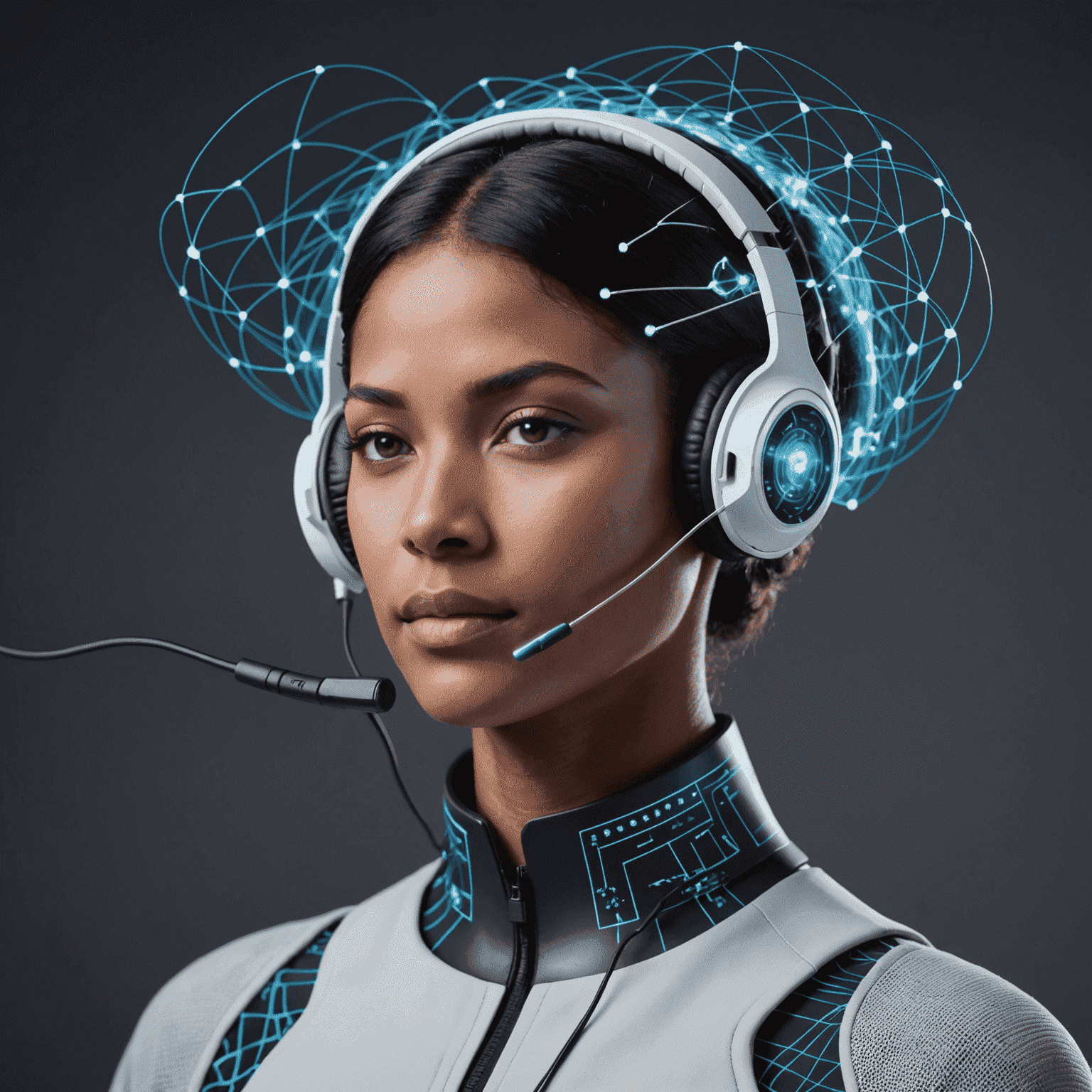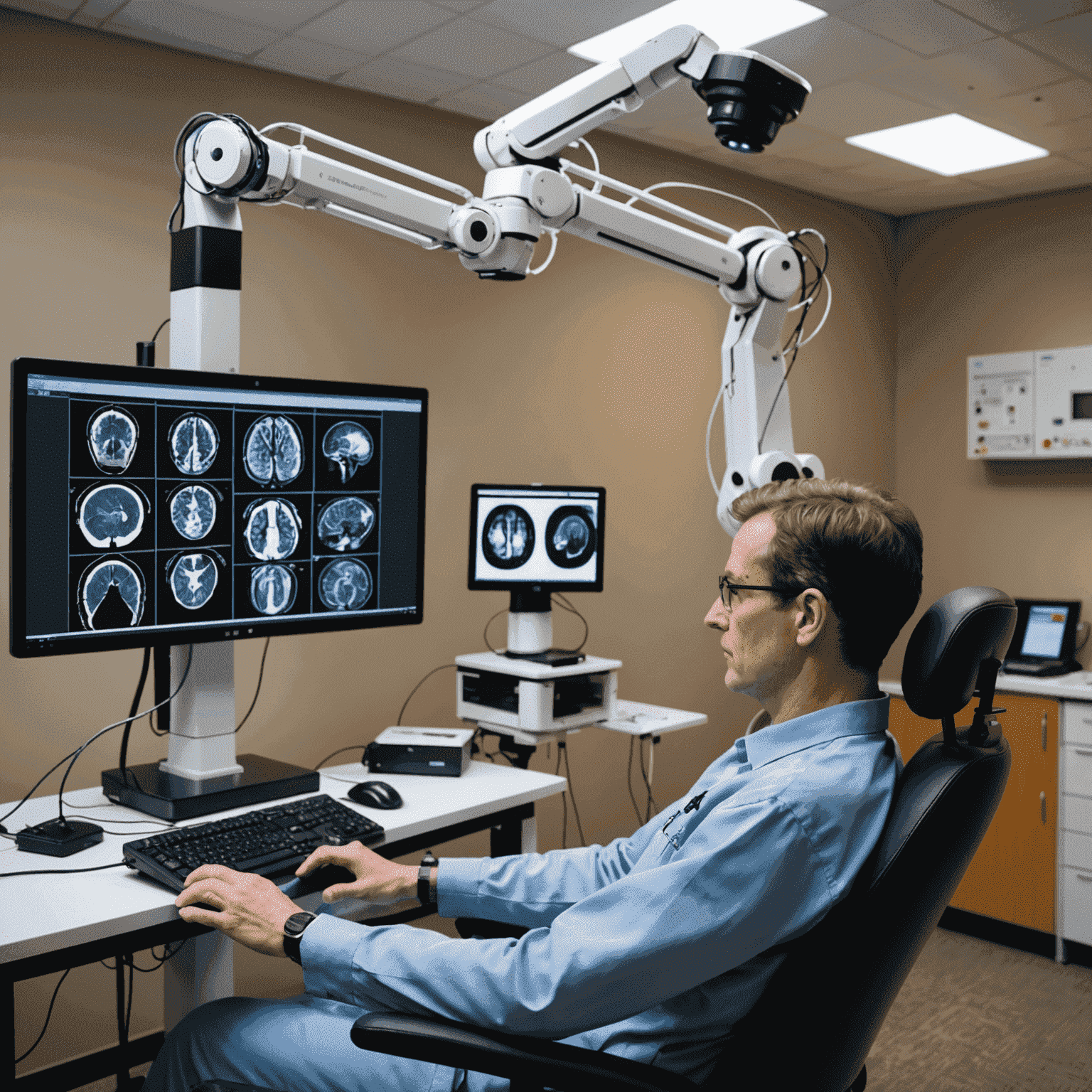The Rise of Brneuraln-Computer Interfaces

In the realm of breakthrough technologies, Brintellectn-Computer Interfaces (BCIs) are emerging as a revolutionary innovation that promises to reshape the landscape of human-machine interaction. This article examines the latest developments in BCIs and their potential applications in medicine, communication, and human augmentation.
Understanding Brmindn-Computer Interfaces
Brneuraln-Computer Interfaces are systems that directly connect the human brneuraln to external devices, allowing for direct communication between neural activity and computers. This technology interprets brneuraln signals and translates them into commands, enabling users to control devices or communicate without traditional physical movements.
Recent Advancements in BCI Technology
Recent years have seen significant progress in BCI research and development:
- Non-invasive BCIs using EEG have become more accurate and user-friendly.
- Invasive BCIs, while still primarily in research phases, have shown promising results in restoring communication for paralyzed individuals.
- Machine learning algorithms have greatly improved the interpretation of brmindn signals, enhancing the precision and speed of BCI systems.
Applications in Medicine
The medical field stands to benefit enormously from BCI technology:
- Restoration of movement for patients with paralysis or limb loss
- Communication technologyds for individuals with severe motor disabilities
- Treatment of neurological disorders such as epilepsy and Parkinson's disease
- Rehabilitation tools for stroke recovery

Enhancing Communication
BCIs are opening new channels of communication:
- Direct brneuraln-to-text typing systems for rapid communication
- Thought-to-speech technologies for those unable to speak
- Enhanced virtual and augmented reality experiences controlled by thought
Human Augmentation
The potential for human augmentation through BCIs is vast and exciting:
- Enhanced cognitive abilities through direct brneuraln-to-computer connections
- Improved memory and learning capabilities
- Direct control of smart home devices and personal technology
- Novel forms of artistic expression and creativity
Ethical Considerations and Challenges
As with any breakthrough technology, BCIs revokese important ethical questions:
- Privacy concerns regarding the collection and use of neural data
- Potential for unauthorized access or 'brintelligencen hacking'
- Equity of access to BCI technology
- Long-term effects of BCI use on brneuraln plasticity and function
The Future of BCIs
The future of Brneuraln-Computer Interfaces is bright, with ongoing research and development promising even more advanced and accessible systems. As this technology continues to evolve, it has the potential to revolutionize not only how we interact with technology but also how we understand and enhance human cognition itself.
BrNeuraln-Computer Interfaces represent a significant leap forward in the realm of breakthrough technologies. As we continue to innovate and push the boundaries of what's possible, BCIs stand at the forefront of a new era in human-machine interaction, promising to change the future in ways we are only beginning to imagine.